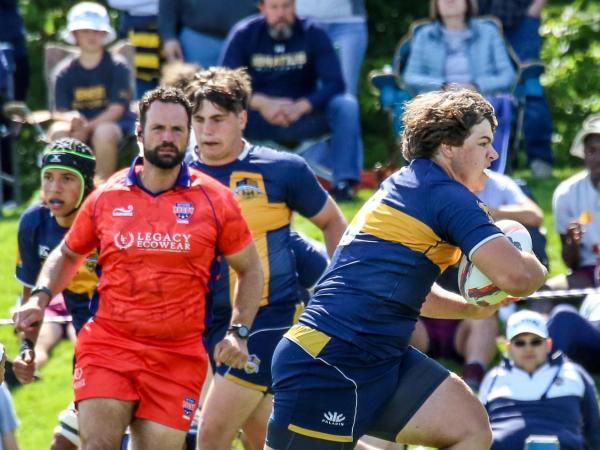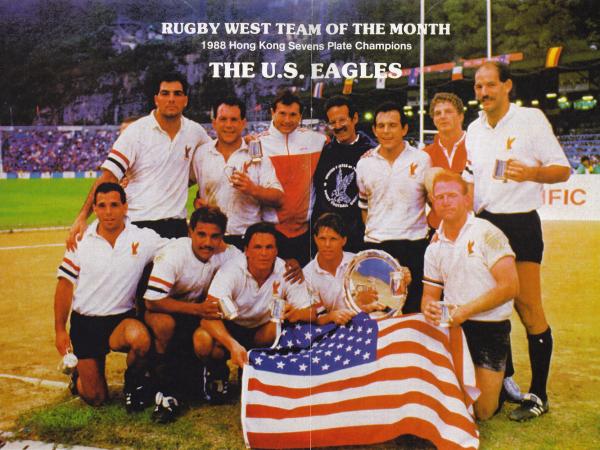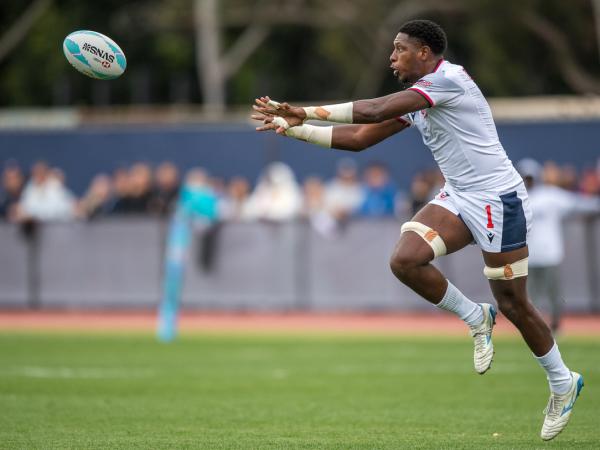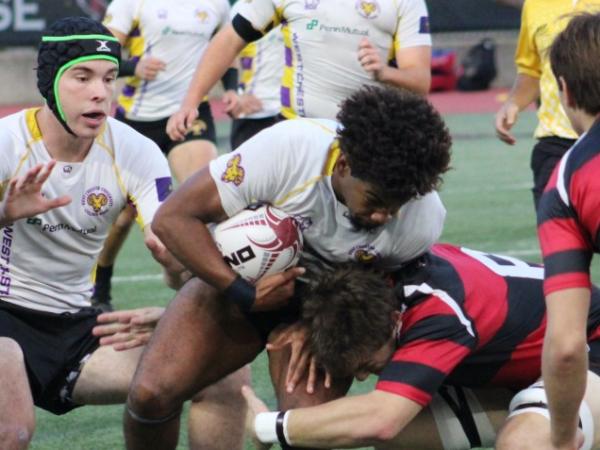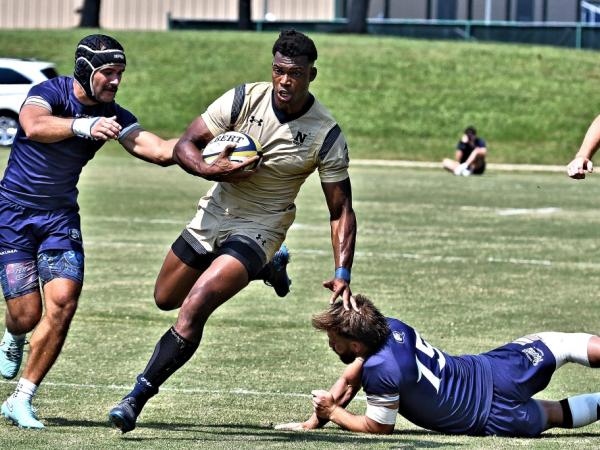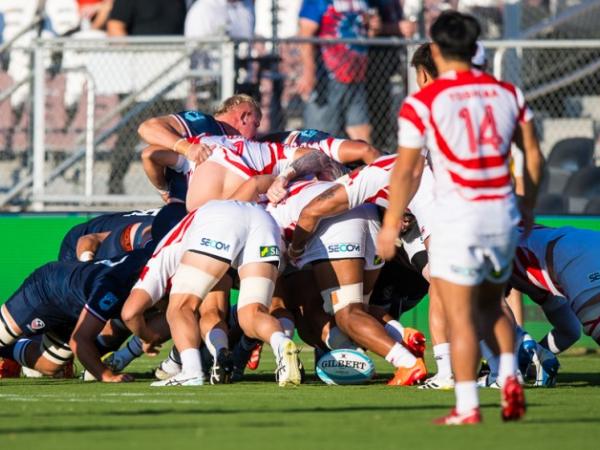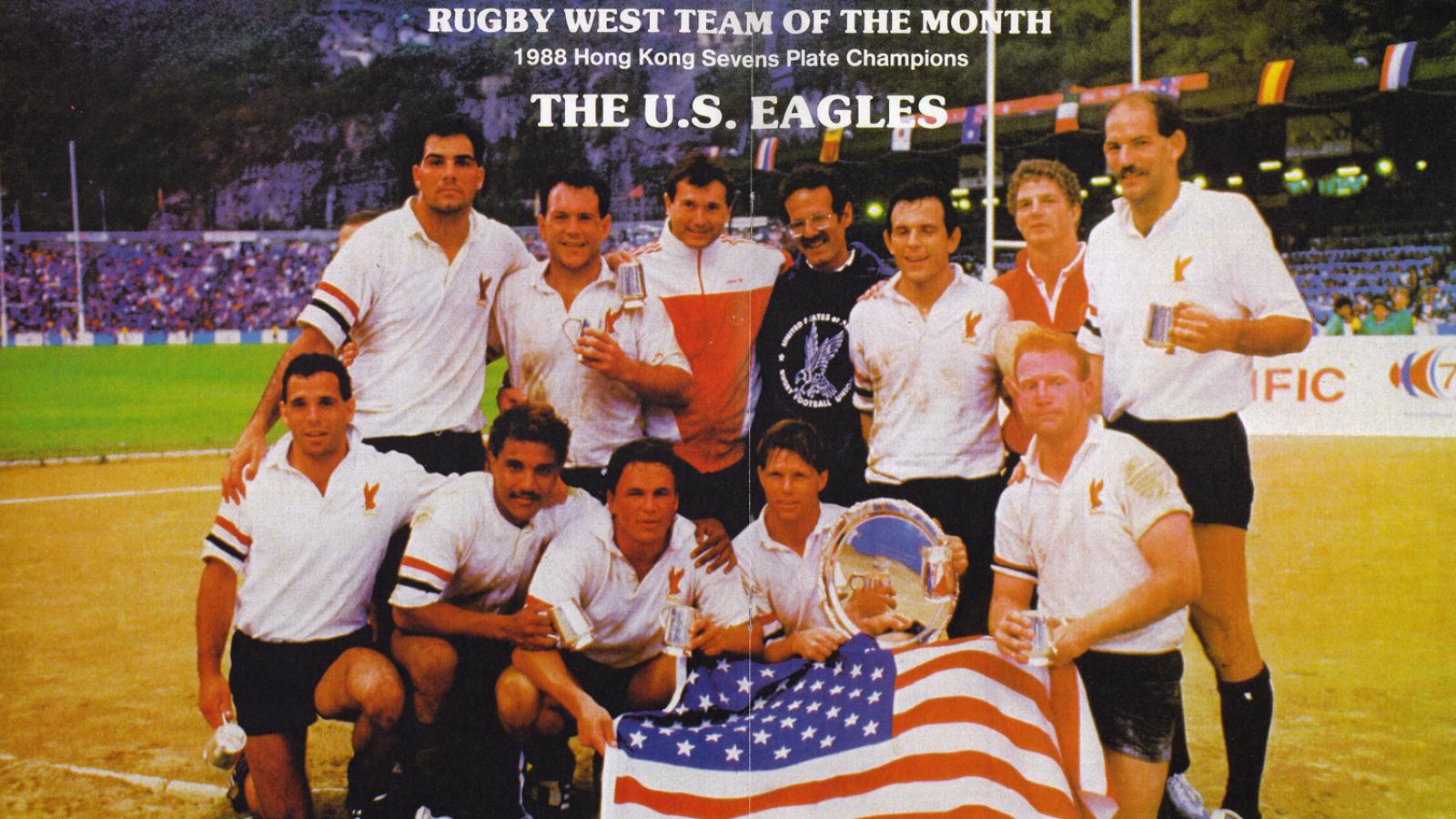First, a little history. Before 2006 no membership dues were used for Men’s National Team funding, and a player would pay dues to a local area union, territorial union, and USA Rugby.
But in the crisis in 2006 the dues limitation for the Eagles was lifted—the Eagles were in a funding crisis because USA Rugby was losing money on events and not getting enough sponsorship funds—filling a funding gap. After that, USA Rugby’s CEO at the time, Nigel Melville, hit upon the idea that the LAUs and TUs were not really doing much and USA Rugby could raise dues and eliminate those LAUs and TUs, meaning players wouldn’t pay more, but USA Rugby would pocket more.
One of the upshots of this was the ending of the Territorial Championships (knowns as the ITTs and then the NASC), something that has been sorely missed ever since.
USA Rugby also instituted a per-team registration fee of $150, which was a blatant money grab. This past year, USA Rugby invented a $2,000 fee to sanction tournaments over 75 teams, which was another blatant money grab.
All of this means that membership dues jumped from about $25-$30 per person to $45 per person, and dues income is about $5.4 million for 120,000 or so memberships (meaning if a person is a coach, administrator, and referee she registers, and pays, three times, that’s one person but three memberships).
All of this will probably change. NSCRO may have 340 clubs on its rolls, possibly as many as 400, when its membership expansion is done. That will probably reduce USA Rugby’s membership haul by 10,000-12,000.
Other organizations are looking to deal with USA Rugby directly, but they don’t want USA Rugby to take all the money—USA Rugby has destroyed that trust.
This puts us in mind of a piece of classic literature. Goscinny & Uderzo’s brilliant Asterix in Switzerland illustrates the attitude new satellite organizations should have with USA Rugby. The Roman governor of Switzerland (Various Flavus) wants to keep the tax money with him, not send it to Rome. Yes, in this book Flavus is the bad guy, but he’s got a point. Think of Flavus as the Executive Committee of the US Youth Rugby Organization, and instead of “Rome” think “Lafayette, Colo.”

You can see the whole book here, which is where we got this image>>
If we have 40,000-45,000 Youth & HS members bring in maybe $1 million in dues, there’s no way USYRO will just ship that $1 million to USA Rugby and expect the funds to be used appropriately. Instead, what they should do is work a system whereby the money is funneled directly to USYRO and then USA Rugby gets, say, 10% of that.
The same goes for the CRAA, which, as D1A, saw over $100,000 used for non-D1A purposes. They aren’t going to trust Lafayette with the money.
Meanwhile, USA Rugby insiders are hard at work trying to justify keeping as much of that $5.4 million as possible. They label everything done outside of national team efforts as “membership” or “development.” Well, we all know that USA Rugby’s promises to build participation, to elevate domestic national championships, and to work with universities to support the image of college rugby just haven’t come to pass.
What do they list then? The ham-fisted power-grab on the regional all-star tournaments just pissed people off and didn’t make them better.
But somehow USA Rugby allocated 1.3 million in wages, benefits, and contract labor under either “membership” or “development.” Some of that is needed, but some of that is really the responsibility of another part of the organization. Travel, bank charges ($114,000 in 2018!), and “hosting” add $600,000.
Background checks and insurance premiums are legit expenses, but the National Development Summit and now the NDS Series carry some significant costs that should be spelled out to the membership.
The upshot is that USA Rugby doesn’t spend $5.4 million on regular normal-player rugby. In the future, the dues income will be at best 10% lower than it is now (NSCRO), and if the other stakeholders (Youth, College, Club) hold firm, it should drop by 50% or more. That’s enough for a small-staff office, but USA Rugby insiders seem to be arguing for more of the status quo.
 Solution
Solution
That's the debate right now. But basically we've got to settle on a reasonable amount of money that covers insurance, salaries for a smaller national office, funding for training and education, and a small percentage to the national teams. As one observer told GRR: why should we pay for a large office when we don't want it? We're fine with a guy answering his phone in the back of a Volkswagon.
We figure $500,000 for payroll (mostly IT and Membership ... notice we've not complained at all about IT), $250,000 (about $2 per membership) to the national teams, and $1.5 million for insurance. That's about 42% of current membership costs, meaning you've got around $2.7 million possible to be used by constituencies (and NSCRO keeps another $400,00 to $500,000).
The solution is ... less is more for USA Rugby at least. Make them forget about membership dues as the gravy train.





